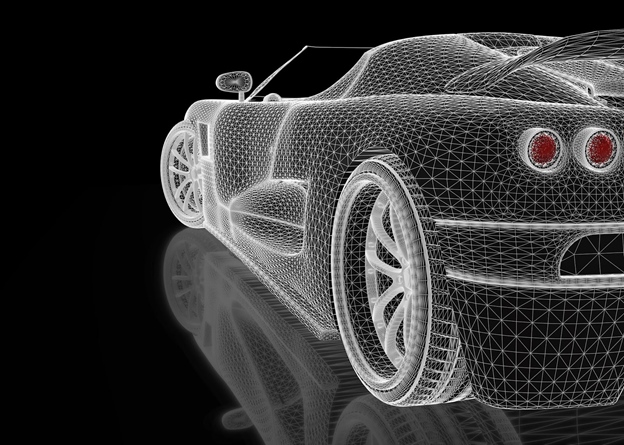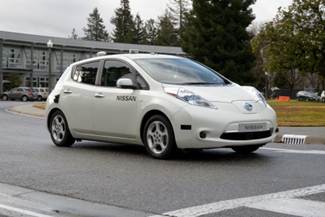The New Frontier of Self-Driving Car Embedded Systems

Can Autonomous Cars Make Split Decisions?
July 28, 2016
Embedded Systems Industry Expected to grow, Grow, GROW
August 19, 2016The New Frontier of Self-Driving Car Embedded Systems
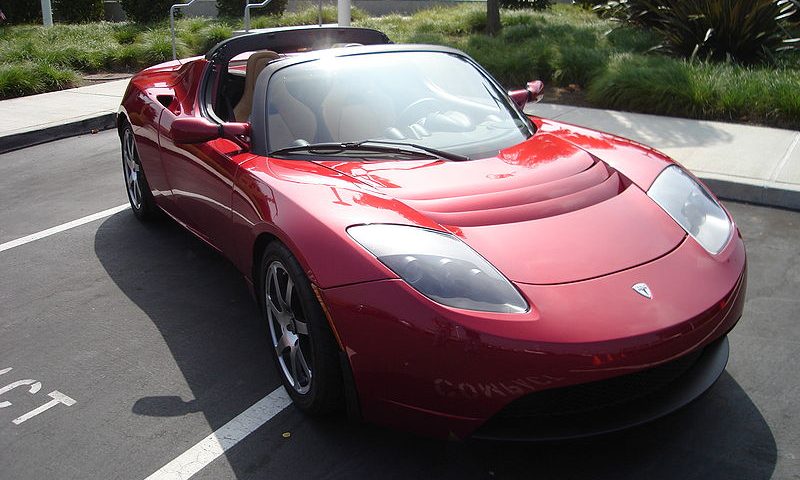
When the new self-driving Tesla S car is in autopilot mode, a number of embedded systems are activated:
- Forward radar.
- Forward-looking camera.
- 360-degree ultrasonic sonar capable of detecting cars, children and pets 16 feet in any direction.
- A high-precision, digitally-controlled electric assist braking system.
Thus, it’s no surprise that on May 7, 40-year-old Joshua Brown felt safe when he engaged the autopilot mode of (and apparently watched a Harry Potter film in) his Model S Tesla car as he traveled down a Florida highway.
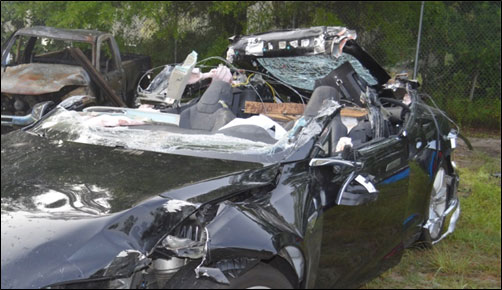 While cruising at 74 mph (in a 65 mph zone on a divided highway), a tractor-trailer with an almost solid-white trailer slowly pulled out in front of Brown. As he hit the rig, the car’s roof was torn off. The Tesla S continued the length of a football field, crashed into and broke a utility pole, then traveled an additional 50 feet before coming to rest.
While cruising at 74 mph (in a 65 mph zone on a divided highway), a tractor-trailer with an almost solid-white trailer slowly pulled out in front of Brown. As he hit the rig, the car’s roof was torn off. The Tesla S continued the length of a football field, crashed into and broke a utility pole, then traveled an additional 50 feet before coming to rest.
Because investigators haven’t completed their analysis of the crash data, and haven’t assigned a cause for Brown’s fatal collision, it’s presumptuous to start jumping to conclusions as to what went wrong.
What we do know, according to a preliminary federal report, is that the car’s autopilot system was engaged at the time of the accident.
In the coming weeks and months, investigators and Tesla engineers have some tough questions to answer:
- Why didn’t the radar or camera detect an obstruction ahead?
- Is an object’s solid-white coloring relevant when cameras are involved?
- Why was there no attempt to brake, by either the self-driving system or Brown? (Note the Tesla S has automatic emergency braking systems that are designed to automatically apply the brakes to minimize or avoid frontal collisions).
- How was Brown technically able to travel 9 mph over the speed limit?
- Was Brown aware that the car’s self-driving Autopilot mode was in public beta testing, and still demanded complete driver attention?
- If Tesla tells drivers that they must be attentive and aware while in self-driving cars, why does it put a 17-inch monitor in the center of the front dashboard and allow it to play movies while the car is going?
What These Systems All Have in Common
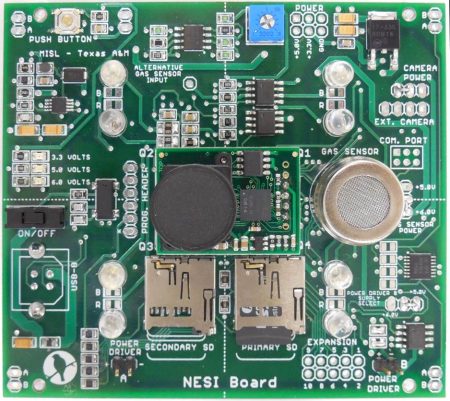 Embedded systems are the “secret sauce” which make autonomous driving vehicles a reality.
Embedded systems are the “secret sauce” which make autonomous driving vehicles a reality.
One example of an embedded system is Ford Motors’ Adaptive Cruise Control (ACC) technology, which allows cars to keep safe distances from other vehicles on busy highways. Cars with ACC have a microwave radar unit or laser transceivers fixed in front of them to determine the distance and relative speed of any vehicle in their path. The ACC computer constantly controls the throttle and brakes of the car, which can be overridden by tapping the brakes.
Other car features, like suspension adjustment to suit road conditions, Antilock Braking Systems (ABS) and security systems, are good examples of automotive embedded systems.
As with any technology, embedded systems rarely work with absolute perfection and precision when they are first introduced. But over time, engineers make refinements which invariably make the technology more reliable and ubiquitous.
What (Likely) Lies Ahead for Autonomous, Self-Driving Cars
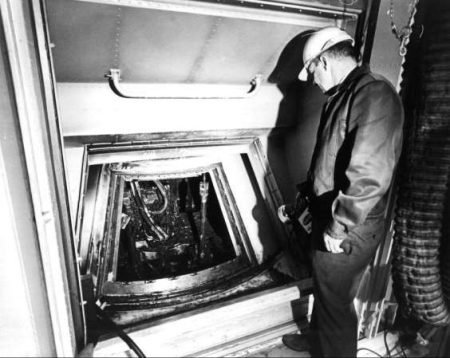 Nearly 50 years ago, a different vehicle — Apollo 1 — heralded a breathtaking leap in man’s transportation capabilities. Yet during a launch simulation on January 27, 1967, fire broke out in the spacecraft’s cabin, killing three astronauts. A review board identified several major factors which combined to cause the fire and the astronauts’ deaths.
Nearly 50 years ago, a different vehicle — Apollo 1 — heralded a breathtaking leap in man’s transportation capabilities. Yet during a launch simulation on January 27, 1967, fire broke out in the spacecraft’s cabin, killing three astronauts. A review board identified several major factors which combined to cause the fire and the astronauts’ deaths.
While reverencing the memories of the deceased astronauts, the United States went to work on correcting the spacecraft’s deficiencies. Nearly two and a half years later, the Apollo program succeeded in fulfilling President John F. Kennedy’s goal of landing a man on the moon and returning him safely to the earth.
Today, we lie at the precipice of a new transportation revolution where technology transports us to our destinations, with little or no intervention by us. Just as NASA continued forward with the manned space program, major companies are continuing research and development of autonomous cars, albeit at a slightly more deliberate pace:
- Google’s autonomous cars have logged 1.5 million miles with only minor accidents.
- Kia wants to produce a self-driving car by 2020.
- BMW is collaborating with Intel to produce fully-automated driving cars by 2021.
- General Motors also has plans.
It’s my hope that as we continue down this path, we’ll learn necessary lessons in how to effectively design, develop and deploy these embedded systems, so we can feel confident in this new era of automotive innovation.
Sources
http://www.dailymail.co.uk/news/article-3709368/Investigators-say-Tesla-car-speeding-time-crash.html
http://ubiquity.acm.org/article.cfm?id=1086450
https://www.reddit.com/r/cars/comments/4rkaqc/teslas_autopilot_crash_timeline_oc/
https://en.wikipedia.org/wiki/Apollo_1

